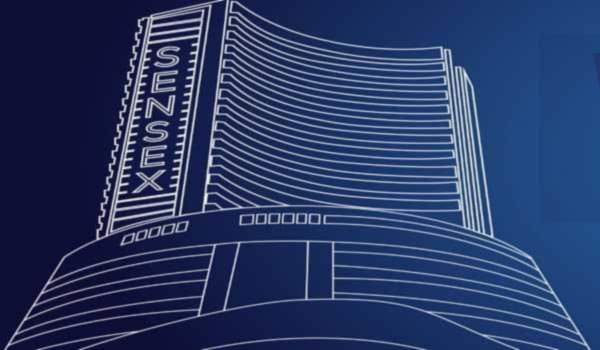Chennai, (UNI) Achieving yet another milestone, the Indian Space Research Organisation (ISRO) has successfully hot tested a newly indigenously developed liquid rocket engine to power its workhorse, versatile and dependable launch vehicle PSLV to be used in its upper fourth stage.
The single piece rocket engine, which saves 97% of raw materials and reduces production time by 60%, was manufactured through Additive Manufcturing (AM) technology.
It was successfully tested on Thursday at its Liquid Propulsion Systems Centre (LPSC) at Mahendragiri in Tamil Nadu, marking a design and manufacturing breakthrough in enhancing the capacity of the launch vehicle.
In an update on Friday night, ISRO said it achieved a major milestone with the successful hot testing of liquid rocket engine manufactured through AM technology for a duration of 665s on May 9, 2024.
“So far four successful developmental hot tests of integrated engine were conducted for a cumulative duration of 74 s which validated the engine performance parameters”, it said.
Furthermore, the engine was successfully tested for the full qualification duration of 665 s and observed that all the performance parameters were as expected.
In a post on X ISRO said “Design & Manufacturing Breakthrough: ISRO successfully conducts a long-duration test of the PS4 engine, re-designed for production using cutting-edge additive manufacturing techniques and crafted in the Indian industry. The new engine, now a single piece, saves 97% of raw materials and reduces production time by 60%.”
It is planned to induct this AM PS4 engine into the regular PSLV program, ISRO said.
This meant that the next PSLV flight might be inducted with this new engine.
The engine used is the PS4 engine of PSLV upper stage, a four-stage vehicle, which has created many records, including placing multiple satellites in varied orbits in a single mission over the last more than three-decades, making it a reliable launch vehicle, that has placed numerous Indian and foreign satellites in the Orbit, for the Indian Space Agency.
The PS4 engine manufactured in the conventional machining and welding route has been in use for the fourth stage of PSLV which has a thrust of 7.33 kN in vacuum condition. The same engine is also used in the Reaction Control System (RCS) of the first stage (PS1) of PSLV. The engine uses the earth-storable bipropellant combinations of Nitrogen Tetroxide as oxidizer and Mono Methyl Hydrazine as fuel in pressure-fed mode and was developed indigenously by the LPSC.
LPSC redesigned the engine making it amenable to the Design for Additive Manufacturing (DfAM) concept thereby gaining considerable advantages. The Laser Powder Bed Fusion technique employed has brought down the number of parts from 14 to a single-piece, and eliminated 19 weld joints, saving significantly on the raw material usage per engine (13.7 kg of metal powder compared to the 565 kg of forgings and sheets for conventional manufacturing process) and reduced 60% in the overall production time. The manufacturing of the engine was done in the Indian industry (M/s WIPRO 3D), and the engine was hot tested at ISRO Propulsion Complex, Mahendragiri.
As part of the development programme, the injector head of the engine was realised and successfully hot tested earlier. Detailed flow and thermal modelling, structural simulation, and cold flow characterisation of the proto hardware were carried out to gain confidence for the hot test.











